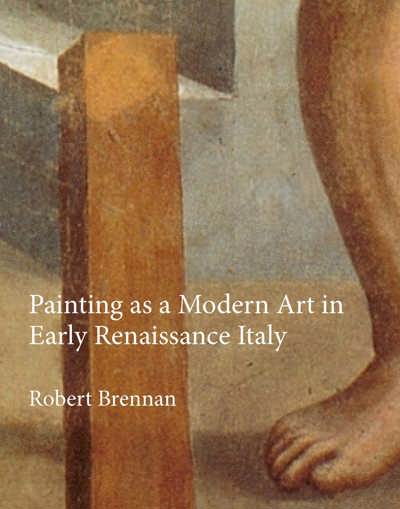
- Pages: xvi + 360 p.
- Size:215 x 280 mm
- Illustrations:0 b/w, 110 col.
- Language(s):English
- Publication Year:2021
- € 135,00 EXCL. VAT RETAIL PRICE
- ISBN: 978-1-912554-42-3
- Hardback
- Available
Deploying a wealth of evidence for artistic and intellectual exchange, Jill Pederson’s excellent monograph, (…) reveals how artistic ideas flourished through the ways artists, learned collaborators, and patrons interconnected in Quattrocento Milan. This deeply researched book sets to rest a long-vexing question in Leonardo Studies regarding the existence of the Academia Leonardi Vinci, a purported academy comprised of Leonardo da Vinci and his associates during the fertile years known as his first Milanese period (c. 1482–99).” (Leslie A. Geddes, Renaissance and Reformation / Renaissance et Réforme, 45.4, automne 2022, p. 288)
"Il volume di Jill Pederson ha indubbiamente una notevole importanza per gli storici" (Edoardo Rossetti, in I Quaderni del MAES, XXII, 2024, p. 175)
"This accessibly written volume is lavishly illustrated and includes an appendix transcription of Boscano’s Isola beata. In addition to Leonardo studies, this book contributes to the worthwhile movement away from Florentine-centric Renaissance studies, with the author giving a valuable discussion of the intellectual milieu of late Quattrocento Milan. She also usefully shifts away from ideas of individual genius—artist, ruler, or patron—to argue for the development of talented individuals through collective engagement of ideas with other creative people. These welcome discussions further our understanding of early academies, male friendship, and the development of intellectual and artistic ideas and individuals in the Milanese Renaissance." (Maria DePrano, in Renaissance Quarterly, 78/2, 2025, p. 545)
Jill Pederson is Associate Professor of Art History at Arcadia University. She specializes in Italian art of the late fourteenth through sixteenth centuries. Her research focuses on the intersection of visual, literary, and intellectual culture in northern Italy, with a particular emphasis on the work of Leonardo da Vinci and his circle. She is the recipient of numerous grants, including a Fulbright Fellowship, Kress Foundation Fellowship, Ahmanson Research Fellowship (UCLA), and a Franklin Research Grant from the American Philosophical Society.
This book is the first study to provide a comprehensive historical and theoretical account of the Academia Leonardi Vinci. Pederson brings together literary sources to offer a new interpretation of the academy not as one singular entity, but as a collection of academic modalities in Renaissance Milan. Eventually these various modalities converged around their namesake Leonardo da Vinci, as well as the architect Donato Bramante. This group drew together not only humanists, as in other early Italian academies, but also practitioners of a range of disciplines that ultimately gave way to a new kind of group. This collective of creative personages generated forms of expression that explored the liminal spaces between art, geometry, architecture, and the natural world, which in turn stimulated conversation and debate. This activity made it different from other early Italian academies, and in this way it offered something entirely new.





